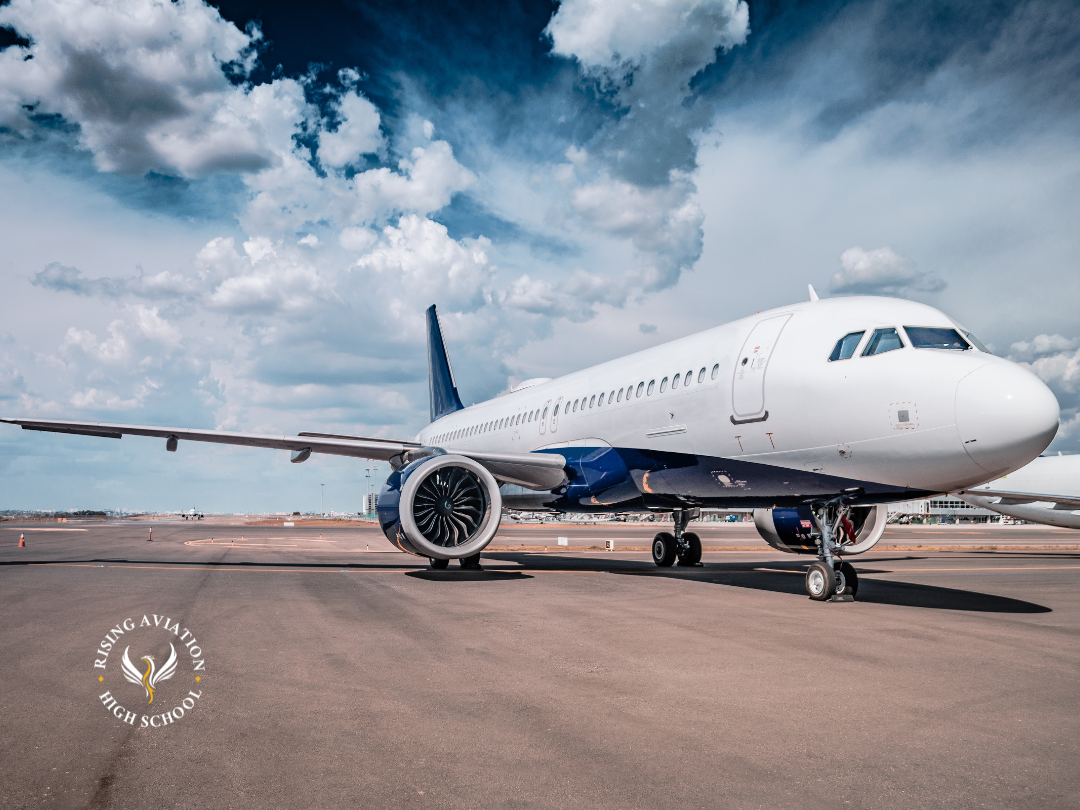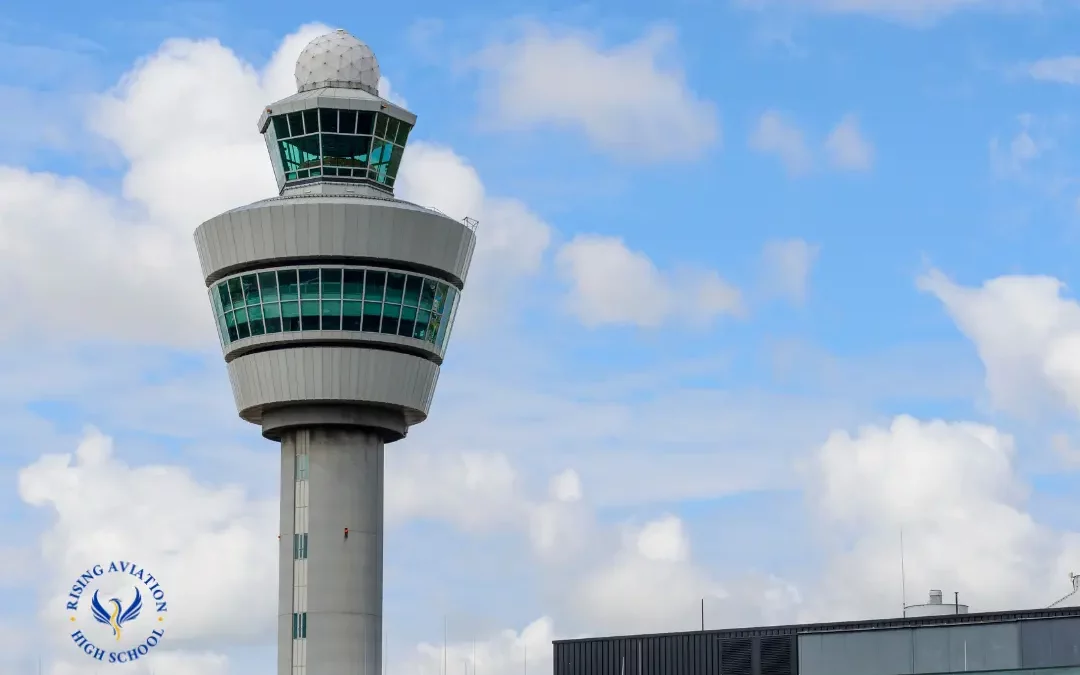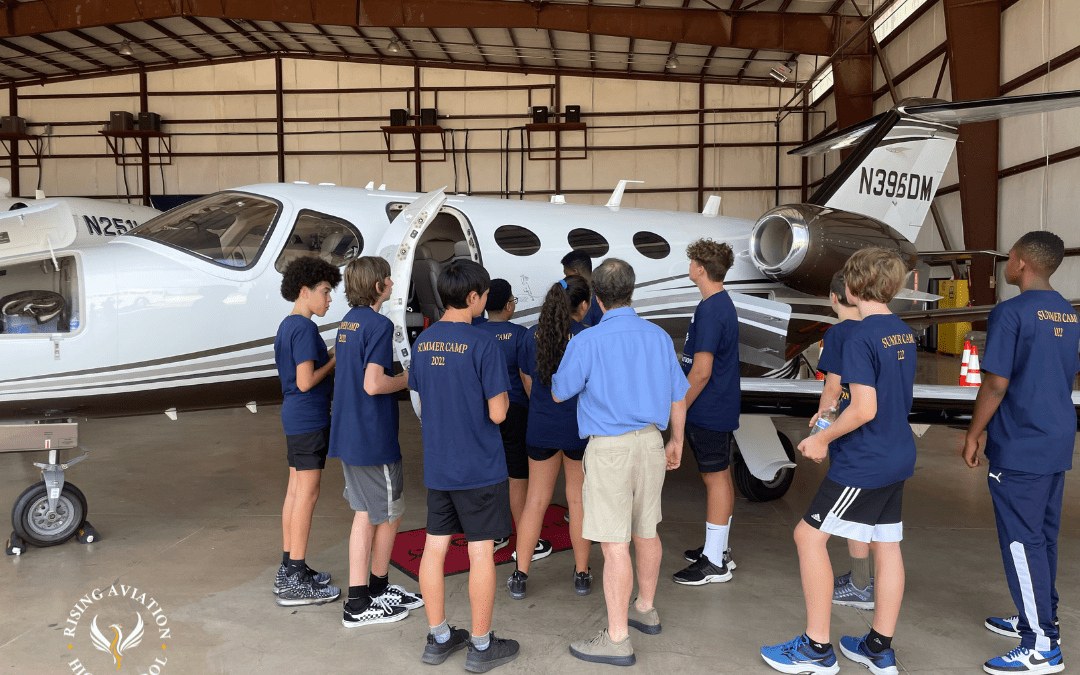According to recent aviation industry news, air traffic is bouncing back after the significant hit it took during the COVID-19 pandemic. In fact, some reports show overall air traffic (including international flights) reaching approximately 94% of pre-pandemic levels. Domestic air travel even surpassed pre-pandemic levels this summer. This resurgence underscores the importance of STEM schools in Dallas, which are preparing the next generation of aviation professionals. So, what does the future of the aviation industry look like? Today, we’ll take a closer look at exactly what to expect in the industry over the next decade.
Today, we’ll take a closer look at exactly what to expect in the industry over the next decade.
The Future of the Aviation Industry: 5 Trends to Watch Over the Next 10 Years
1. We’ll see a continuation of the current pilot shortage.
Airline travel was significantly impacted during the COVID-19 pandemic. With new air travel restrictions and passengers being afraid to fly due to possible COVID exposure, many airlines were forced to make staffing cutbacks in order to survive financially. This included laying off pilots as well as other airport personnel.
Some pilots with a significant work history decided to retire. Others simply never returned to the aviation industry once air travel began to increase again after the pandemic. The ultimate solution is to encourage more people to become pilots and offer training for them to do so.
Commercial companies, such as United Airlines, have started their own flight training academies, and aviation high schools encourage teenage students to take to the skies. But adequate training takes time so the end of the pilot shortage won’t happen overnight.
2. There will most likely NOT be a move toward single-pilot flights.
Step aboard any commercial flight today and you’ll typically see two pilots in the cockpit – a captain and a co-pilot. If there’s a pilot shortage and it’s likely to continue, though, wouldn’t it make sense to mitigate the staff shortage with single-pilot operations?
It’s a valid question, and one that has been asked and evaluated in recent years. While it may be tempting to replace one pilot with sophisticated aircraft technology, the risks associated with this move are still too great. Factors to consider are the incapacitation of the existing pilot, technology failures, and increased potential for terrorist activity due to reduced airline staff. At this time, the risks outweigh the benefits so don’t expect to see single-pilot commercial flights in the near future of the aviation industry.
3. Advanced technology will continue to be developed and adopted.
While the COVID-19 pandemic did a lot to disrupt air travel and other aspects of daily life, it did produce some positive effects as well. For the aviation industry, it encouraged the rapid growth of technology to speed up various processes such as boarding.
Now, passengers can check in online, download electronic boarding passes, and even print their own luggage tags at the airport. The future of the aviation industry promises even more self-service technological advances. These will help to streamline processes and save time while still allowing every step to be tracked by appropriate airline personnel.
4. Electric aircraft may make their way into commercial aviation.
In recent years, hybrid and electric vehicles have become more popular in an effort to promote more environmentally-friendly road travel. But does the future of the aviation industry include electric aircraft anytime soon?
Many experts in the aviation industry say that yes, electric aircraft will take to the skies within the next decade. That’s because research and development of such aircraft has already been well under way. Some electric prototypes have already had their inaugural flights and we could see electric aircraft being implemented as early as 2028.
5. Business and leisure air travel will be combined more frequently.
Another side effect of the COVID-19 pandemic was a decrease in business travel. That’s because many companies moved to a remote working environment. Meetings that previously required air travel could now be done online. Since this saved businesses money and time, many have never returned to the pre-pandemic way of doing things.
However, there are still companies that do depend on air travel for occasional or everyday business operations. When looking at the future of the aviation industry, though, it looks like there will be more of a shift toward combining business trips with leisure. Commonly referred to as ‘bleisure travel’, this can benefit both employers and employees by maximizing vacation time and minimizing expenses.
Rising Aviation High School: Protecting the Future of the Aviation Industry by Raising Up the Next Generation of Aviators
The future of the aviation industry looks promising over the next decade. In order for the industry to continue to grow, however, it’s critical to encourage even more people to pursue aviation related careers.
At Rising Aviation High School, our goal is to provide an aviation-based STEM education to Dallas area teens who have a love for all things aviation. Our unique location at the Addison Airport (KADS) in Addison, TX helps to expose students to a wide variety of technologies, disciplines, and hands-on experiences that prepare them for future success. Some of our graduates go on to pursue careers in aviation while others utilize the skills they’ve learned in other fields.
In addition to our self-paced aviation academic program, we also offer Fixed Wing and Drone Pilot programs. This enables students who are interested in doing so to earn their pilot’s license alongside their high school studies.
Do you know a high school student in the Dallas-Fort Worth-Addison area who is interested in aviation? Contact us today to learn more about our programs or to enroll them in our private high school.






